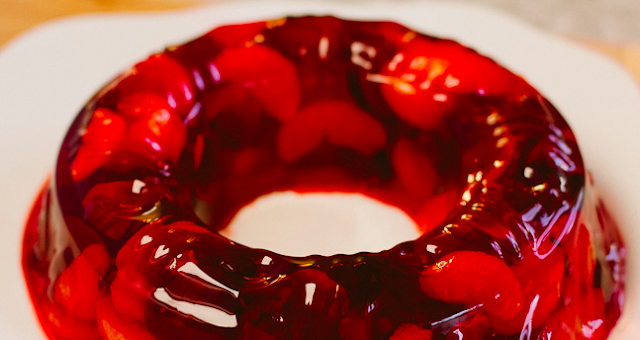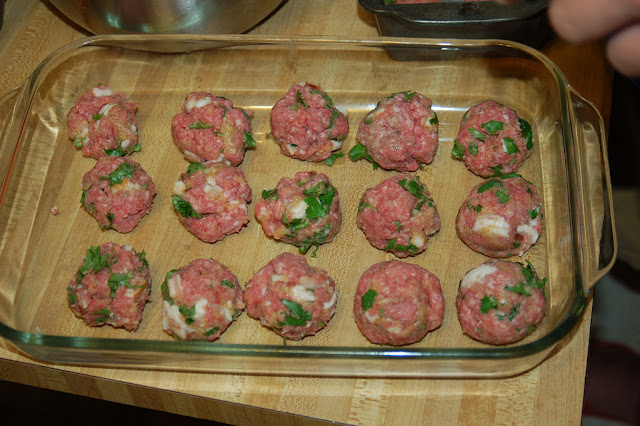In my last post, I mentioned how a vat of cheesy carbs can work wonders to soothe one's soul. Once again, we're going to contend with a glorious mess of potato and cheese, but in a completely different form this time around.
My ethnic background is quite mixed, but one solid corner of it is significantly Slavic: Ukrainian, Russian, a bit of Czech thrown in there for good measure. Although I'm not a huge fan of Eastern European cuisine (ask me how much borscht I've eaten over the last four decades...), I have to admit that pierogies (varenyky) are always a pleasure to devour.
These glorious little dumplings have made an appearance at every family funeral I've attended, and I remember many sleepless nights sitting at the dining room table with my mother, filling and folding bite-sized versions of these for the buffet table.
Rich, Soft Pierogi Dough
Ingredients:
- 1/2 cup cold mashed potatoes (very smoothly mashed!)
- 2 tablespoons butter, softened (you can also use vegetable shortening or Earth Balance)
- 2 egg yolks, at room temperature (use very thick flax eggs for a vegan version)
- 1 3/4 cups flour (if you're using gluten-free flour, make sure it has xanthan gum added to it!)
- 1 teaspoon cream of tartar
- Pinch of salt
- Extra flour as needed
(Filling ingredients to follow)
Preparation:
Mix the mashed potatoes, butter, and egg yolks thoroughly until the mixture is smooth and creamy. Then add the water.
Sift the flour with the cream of tartar and salt, then stir into the wet mixture. This will form a very soft, sticky dough, so you'll need to stir in extra flour in 2 tablespoon portions until the dough no longer sticks to your hands as you work with it. (The dough should still be very soft and fluffy feeling.)
Knead lightly until mixed throughly, then cover with a towel and let stand for 10 minutes.
Sift the flour with the cream of tartar and salt, then stir into the wet mixture. This will form a very soft, sticky dough, so you'll need to stir in extra flour in 2 tablespoon portions until the dough no longer sticks to your hands as you work with it. (The dough should still be very soft and fluffy feeling.)
Knead lightly until mixed throughly, then cover with a towel and let stand for 10 minutes.
Roll the dough to about 1/4-inch thickness, preferably on a floured surface: it shouldn't stick to your rolling pin as you work. Cut circles out of it with a round cookie cutter or drinking glass (for small pierogies, use a small juice glass).
Place a round of dough in the palm of your hand, and use your fingers to flatten the dough just a little bit. Scoop a small spoonful of the filling in the centre of the round, fold it over to form a half circle, and use your fingers to press the edges of the dough together, pinching the centre closed first, and then working outwards towards the edges.
Make sure that the edge is sealed well, otherwise your filling will spill out while the pierogies are cooking. You can even use a fork to smoosh the edges together firmly, which will also create a lovely pattern around the edges.
Place a round of dough in the palm of your hand, and use your fingers to flatten the dough just a little bit. Scoop a small spoonful of the filling in the centre of the round, fold it over to form a half circle, and use your fingers to press the edges of the dough together, pinching the centre closed first, and then working outwards towards the edges.
Make sure that the edge is sealed well, otherwise your filling will spill out while the pierogies are cooking. You can even use a fork to smoosh the edges together firmly, which will also create a lovely pattern around the edges.
Bring a pot of water to a low boil, and drop a few pierogies in at a time: don't cook too many at once! Stir very gently with the handle of a wooden spoon to keep them from touching the bottom, and allow to boil for about 5 minutes. They are generally done when they've puffed up a bit and float.
Remove the cooked pierogies with a slotted spoon, and place into serving bowls or dishes. Serve with sour cream (dairy or vegan), and if desired, chopped herbs like chives, green onions, sage, or parsley.
Note: You can also give them a quick fry in a little bit of butter or olive oil so they firm up a little and go a beautiful golden brown.
Note: You can also give them a quick fry in a little bit of butter or olive oil so they firm up a little and go a beautiful golden brown.
Fillings
Pierogies can be filled with just about anything you can imagine, savoury or sweet. I've stuffed them with traditional fillings like potato and cheese or sauerkraut, but I've also made fillings like roasted squash with pine nuts, or sautéed leeks with wild mushrooms. Pierogies with fruit fillings are gorgeous too: sugared blueberries are wonderful to use, as are peaches, strawberries, or pears. Below are a few different ideas for filling options, but don't hold back from using your imagination and being creative!
Potato and Cheese Filling (VG):
Sauerkraut Filling (V):
Kasha (Buckwheat) and Mushroom Filling (V):
Berry Filling (V):
Potato and Cheese Filling (VG):
- 1 tablespoon grated onion
- 2 tablespoons butter or Earth Balance
- 2 cups mashed potatoes, allowed to cool
- 1 cup cottage cheese or ricotta (or vegan equivalent)
- Salt and pepper
Sauerkraut Filling (V):
- 3 cups sauerkraut, drained and pressed to dry it out
- 1 medium onion, chopped
- 4 tablespoons butter or Earth Balance
- 1 tablespoon sour cream (dairy or vegan)
- Salt and pepper
Kasha (Buckwheat) and Mushroom Filling (V):
- 2 cups cooked buckwheat
- 1 cup assorted mushrooms, chopped finely
- 2 tablespoons butter or Earth Balance
- 1 small onion, chopped finely
- Salt and pepper
Berry Filling (V):
- 2 cups whole blueberries, blackberries, raspberries, currants, or gooseberries
- Granulated sugar
Enjoy!




































